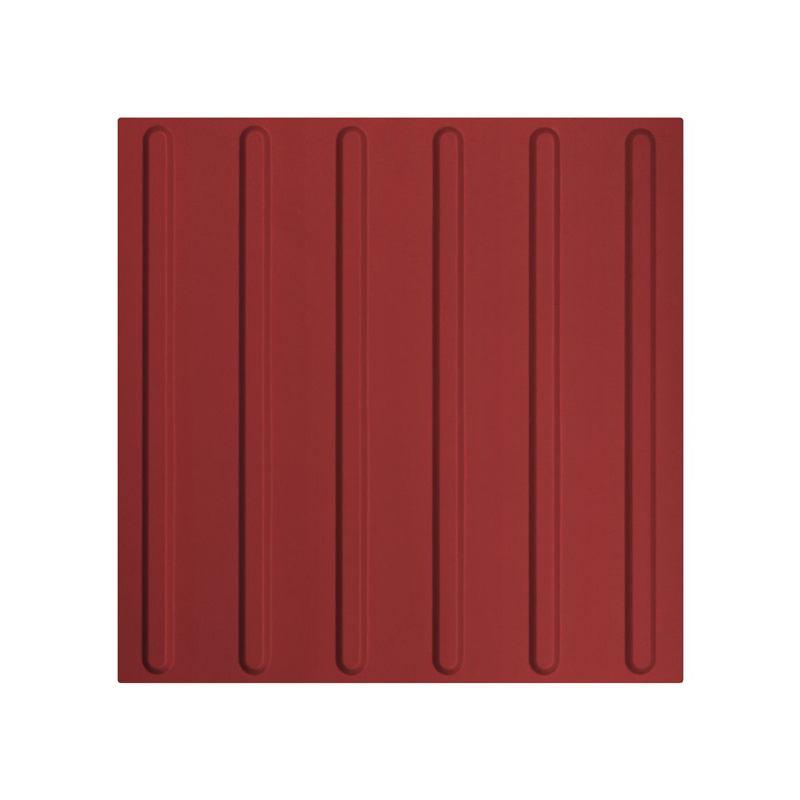Controlled crossings are demarcated with red blister paving leading up to the crossing on both sides of the road. It’s this use of the colour red that informs the visually impaired that the crossing is controlled and that they can cross with assistance. For this reason, the Department of Transport has prohibited the use of red on any other kind of crossing.
If an area around a controlled crossing has a red surrounding, for example, red tiles, it is recommended that the area where the blister paving is to be installed should be separated from the surrounding surface with a contrasting border (150mm wide). This is again to provide the necessary contrast for those that are visually impaired.
Uncontrolled crossings, however, can diverge from the usual use of buff yellow paving with special permission from the local governing body.

